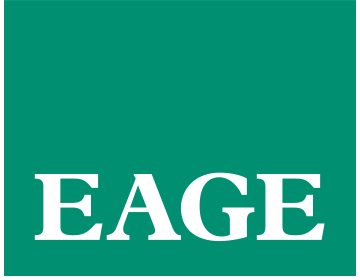EAGE acknowledges the use of generative AI tools, like ChatGPT, Bard, etc., in research publications, books, articles and abstracts. However, some concerns have been raised about these tools and therefore EAGE has some rules in place.
- Responsibility and accountability
You are solely responsible for your submissions, whether human generated or AI-generated or both. EAGE assumes that you, as a scientific professional publishing with a society, understand the limitations of generative AI tools and understand when you can and cannot use them.
- Acknowledgments
Remember to acknowledge whatever help you received from AI tools. Be specific how you used them – for idea generation, copyediting, brainstorming, etc. Indicate which piece of text has been written with the help of an AI tool. Remember that the text should reflect your opinion as an author. An AI tool can never be an author or a co-author. If used for a presentation, you should be able to completely understand and explain your work to an audience and answer relevant questions.
- Professional integrity
If you publish with EAGE, your professional scientific integrity must always be upheld. Please be ethical and responsible when using AI tools. You are strongly advised to check with the Committee on Publication Ethics (COPE). See COPE’s position statement and relevant sources concerning authorship and AI tools.
- 100% integral generated text not allowed
To have your abstract or article completely written by an AI tool is not allowed, since it cannot comply with the descriptions above for Responsibility and accountability and Acknowledgement.






